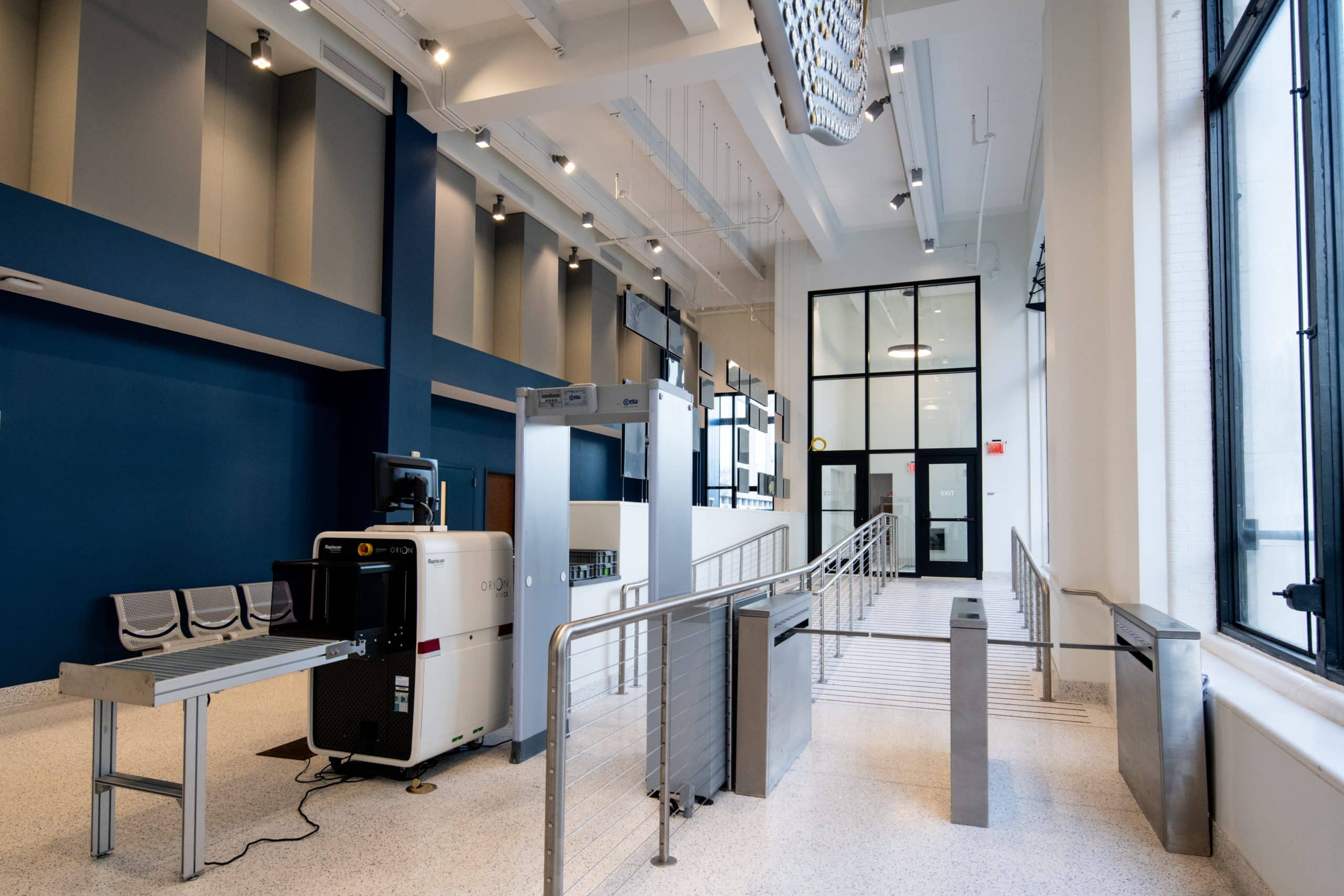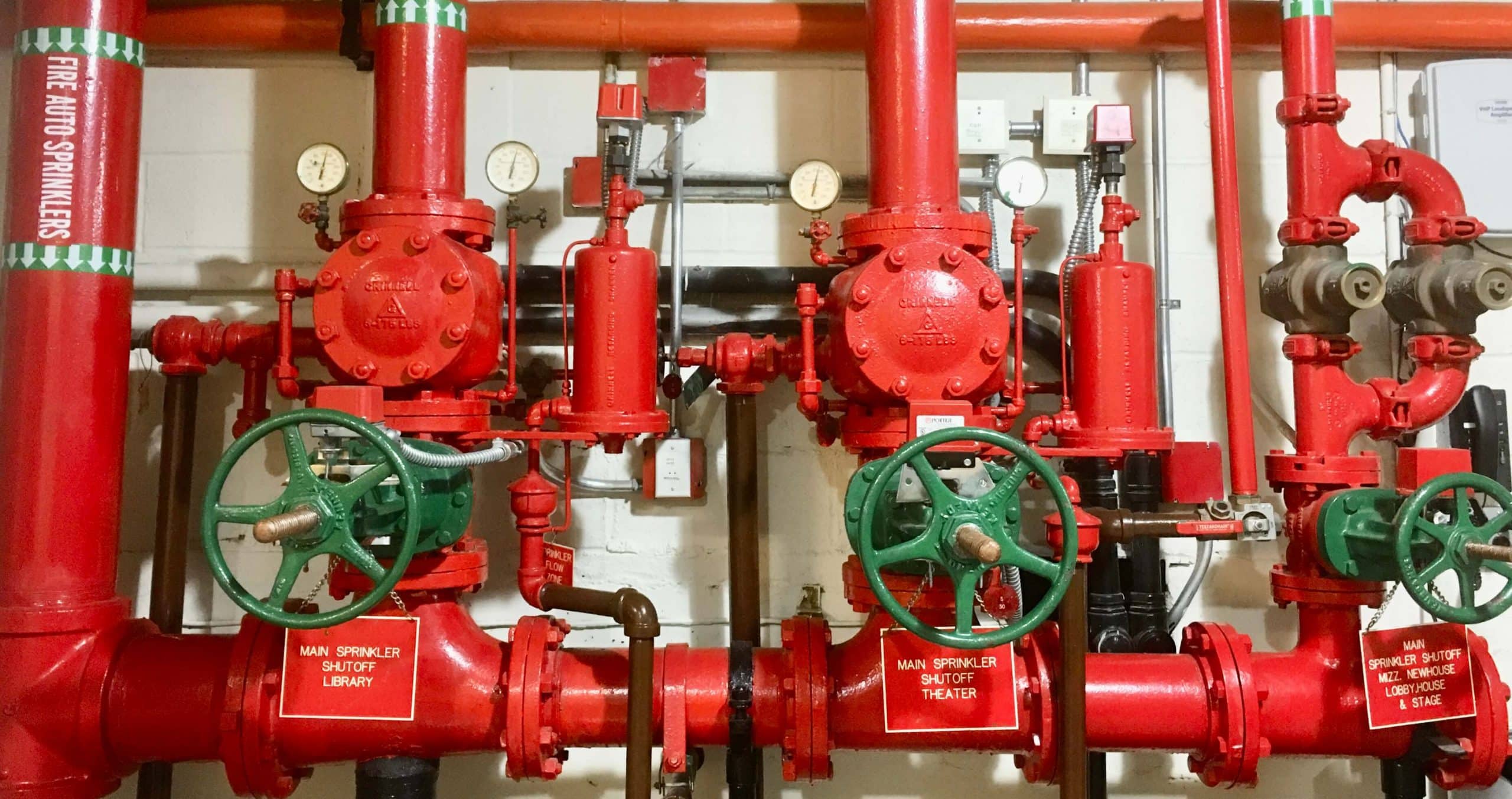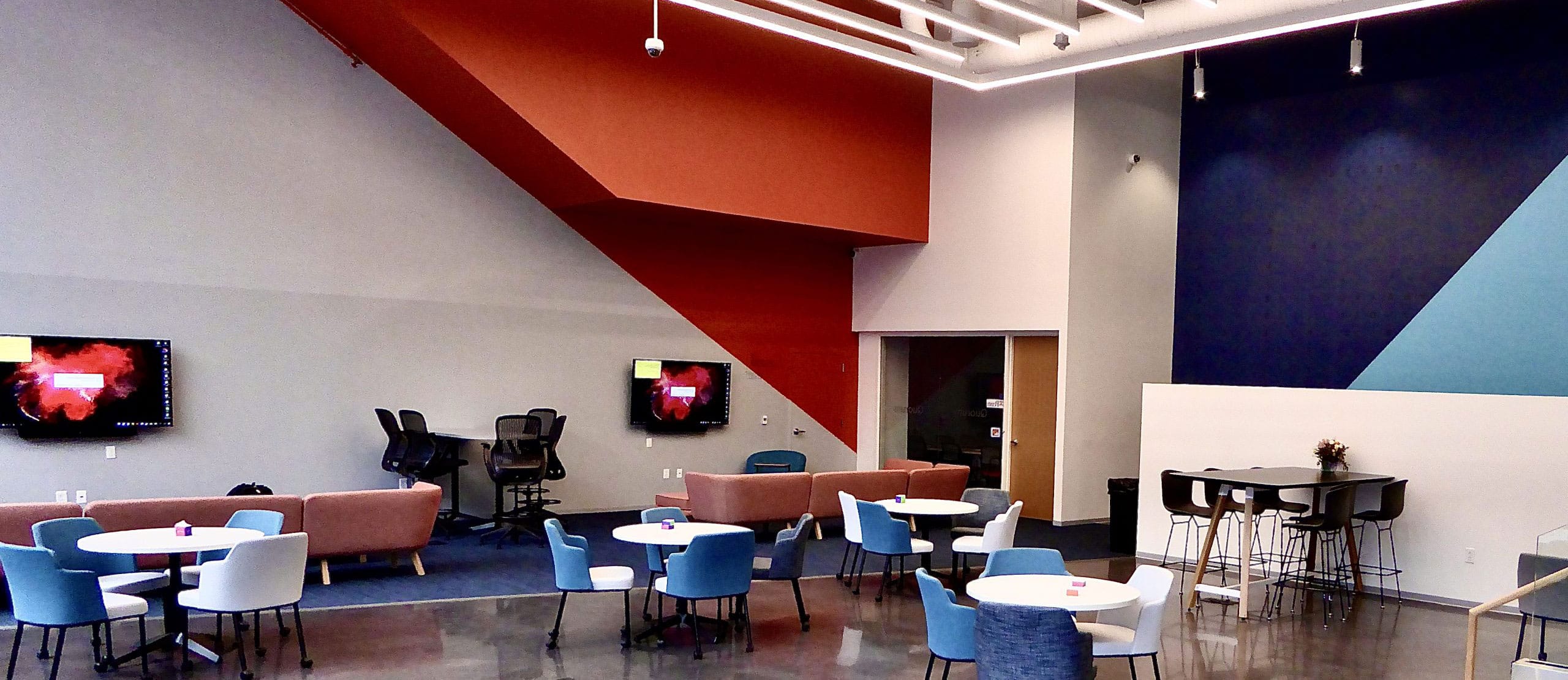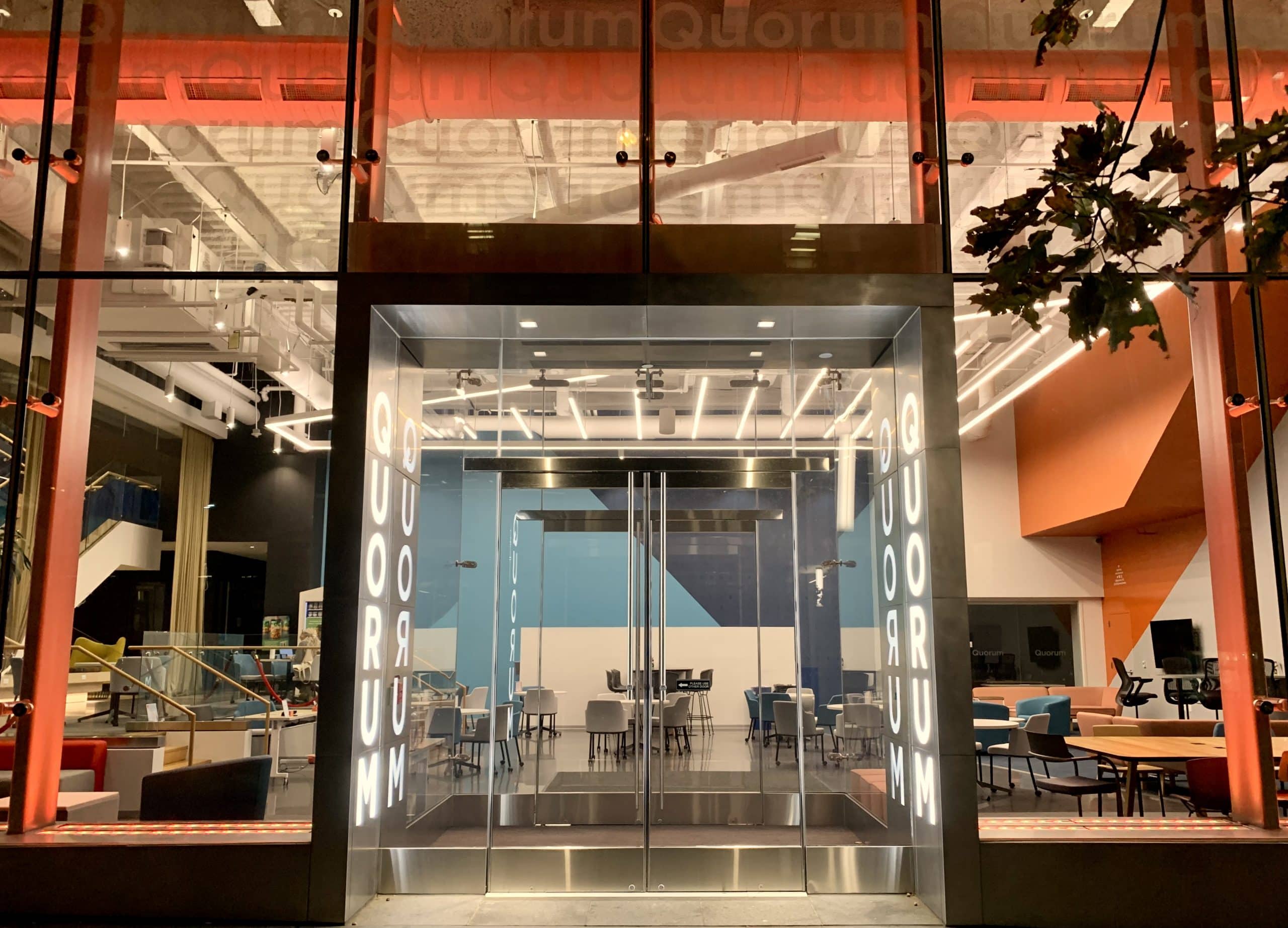Whether amplifying instruments and vocals at a rock concert or enhancing speech within a courtroom, there are countless variables which audio engineers must consider during installation. When installing speakers within courtrooms or conference spaces, the loudspeaker’s focus must be suited to offer the best articulation and clarity for both the human voice and evidentiary material. Without the ability to clearly hear the details, a judge or a jury may reach different verdicts and clerks may misunderstand testimonies, thus compromising an official transcript.

In order to eliminate the perceived changes in audio coverage and offer an even dispersion of frequencies crucial to enhancing audio, courtrooms are typically outfitted with directional speakers featuring focused hemispherical dispersion and full-range sound. The output of traditional loudspeakers falls short in producing a smooth coverage of audio as their complete frequency band is limited in coverage in a uniform manner. Installations of traditional loudspeakers will also require multiple device locations. Installations including a large quantity of poorly aimed loudspeakers can also introduce phantom reflections on back walls of spaces or introduce jarring feedback. Often, listeners within a space will notice dilution in middle to high range frequencies causing muddled playback and apparent variations in sound fields, leading to loss of articulation.
In addition to loudspeaker placement and focus, acoustic and audio engineers must address problems with muddled audio. When enhanced speech within a space overlaps due to multiple speakers during witness questioning or oral debates, acoustics in the space quickly becomes muddled and difficulties in hearing become apparent. Listeners within the space and those attending video conferences will immediately notice degraded audio intelligibility. Imagine listening to someone trying to explain something to you through a door or window while all articulation of speech is lost. Solutions may include introducing multiband dynamic processing to modify frequencies associated with the human voice without introducing overbearing noise, low-end “boom,” or excessive ringing and reverberation. Additionally, using multiband compressors will give audio engineers the ability to modify dynamic properties while conserving frequencies susceptible to intermodulation.
Audio engineering is widely subjective and situational to the type of media being amplified and the physical attributes of the space being outfitted. When interested in amplifying the human voice, mid-range speakers and drivers are used to handle the frequencies of the audible spectrum emitted by musical instruments and the human voice. These frequencies are most familiar to the human ear. Inconsistencies within this band are most obvious in sound reproduction so it is extremely important that a mid-range speaker is able to reproduce audio with very low levels of distortion.
In courtrooms, listening fatigue can include headaches, ringing, induce distractions, and even make those without enough rest sleepy. The same effects are consistent with over exercise of the ears’ sensory hairs and cells leading to fatigue and overuse.
Addressing just these few aspects of an audio system design is a great first step to providing listeners with clear, audible, and articulate sound enhancement with clear, natural sound. Listeners will become more attentive to the content being presented. A jury participating in cases with correctly engineered sound in courtrooms will provide our citizens better focus and attentiveness while judges may make rulings without dealing with previously noisy, distracting, and chaotic courtrooms.





